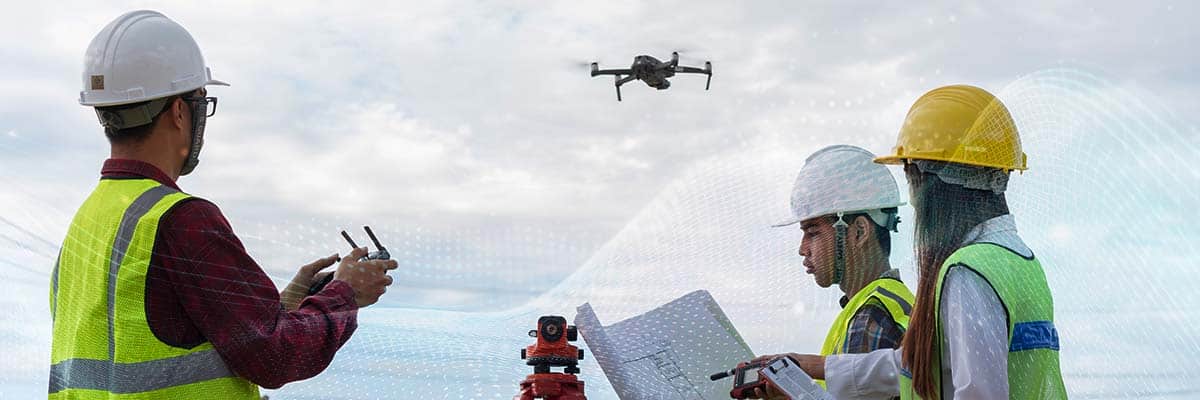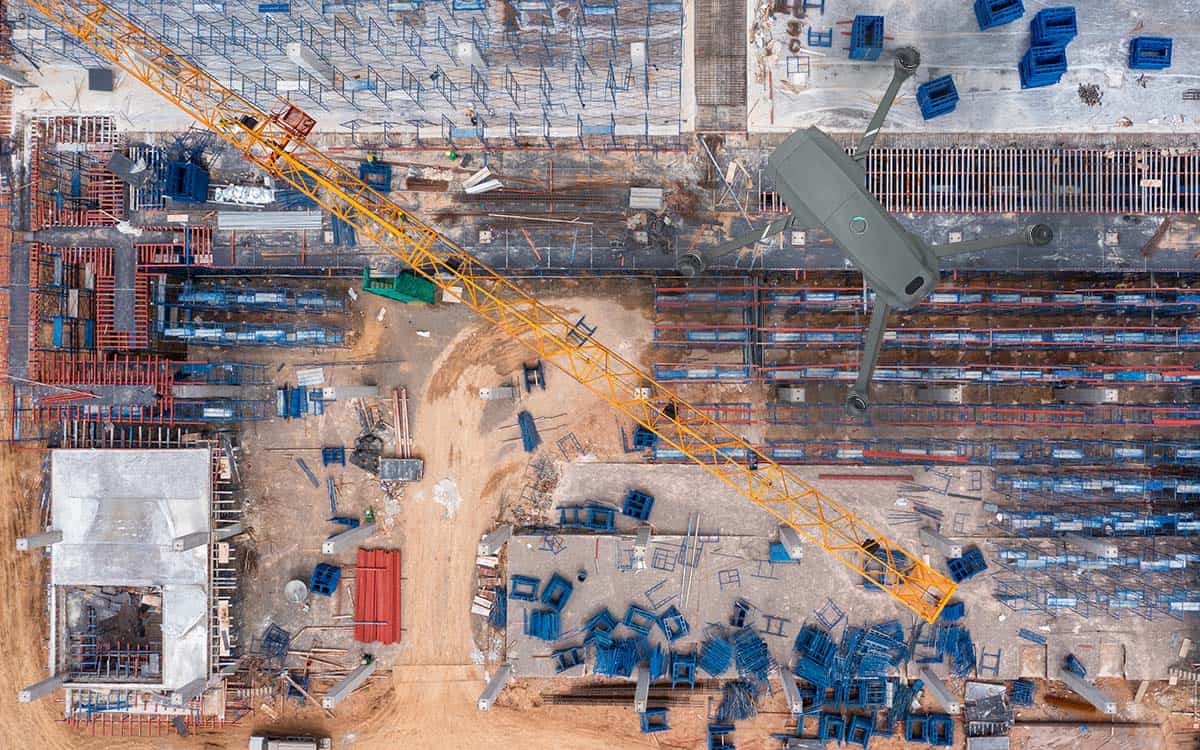
Transforming Construction with Reality Data Capture: A Game Changer for the Industry
Once one of the most traditional sectors, the construction industry is undergoing a remarkable digital transformation. Advancements in technology are reshaping every facet of construction, and reality data capture is a groundbreaking innovation. This revolutionary technology is rapidly changing how construction projects are planned, executed, and monitored. In this blog, we explore how reality data capture is redefining the construction industry.
What is Reality Data Capture?
Reality data capture (RDC) represents a multifaceted approach to acquiring and harnessing real-world data across diverse sectors and applications. This dynamic field revolves around collecting, processing, and applying data from the physical world, allowing for better decision-making, problem-solving, and innovation in various industries. Its significance transcends boundaries and industries, offering insights and transformative capabilities that were previously beyond reach.
Reality Data Capture in Construction
In construction, reality data capture plays a pivotal role. It represents a comprehensive approach to acquiring, processing and leveraging real-world data to enhance how construction projects are planned, executed, and managed. This innovative methodology leverages cutting-edge tools and techniques to create digital replicas of construction sites and the surrounding environment, facilitating precision, efficiency, and sustainability.
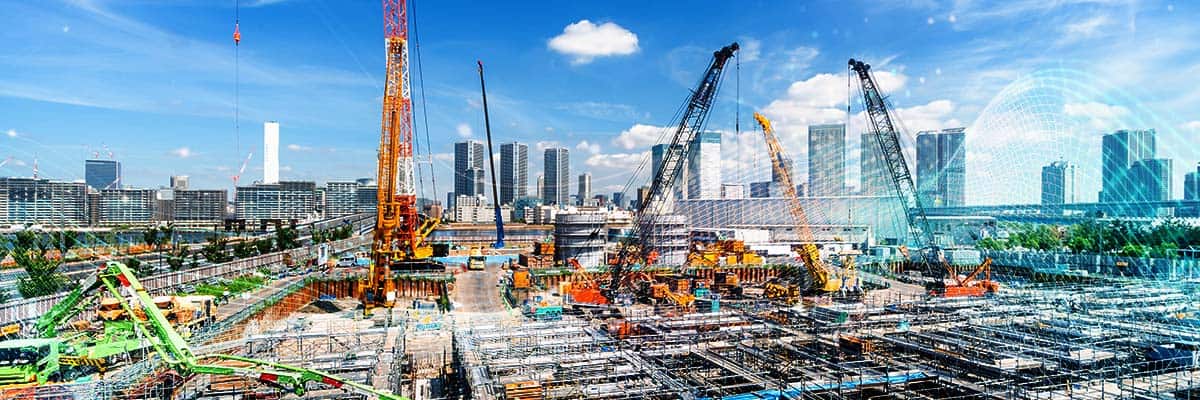
Key Components of Reality Data Capture in Construction
- 3D Laser Scanning: One of the foundational technologies of reality data capture, 3D laser scanning uses lasers to capture precise geometric information about physical structures and landscapes. This method allows for the creation of highly detailed 3D models of construction sites, which serve as a valuable resource for architects, engineers, and project managers.
- Photogrammetry: Complementing 3D laser scanning, photogrammetry relies on the analysis of photographs to generate 3D models. It is particularly useful for capturing fine details and textures, making it ideal for construction professionals looking to document existing conditions and monitor project progress with precision.
- Drones: Unmanned aerial vehicles equipped with high-resolution cameras and sensors have become indispensable tools in construction. They offer a bird’s-eye view of construction sites, allowing for efficient site inspections, progress monitoring, and safety assessments. Drone data provides invaluable insights for decision-making and project management.
- Augmented Reality (AR): AR technology is integrated into the construction process to augment the real world with digital information. Architects and construction teams can visualize designs within the actual project environment, enhancing collaboration and decision-making. On-site workers can access real-time data and instructions through AR devices, ensuring precise implementation and reducing errors.
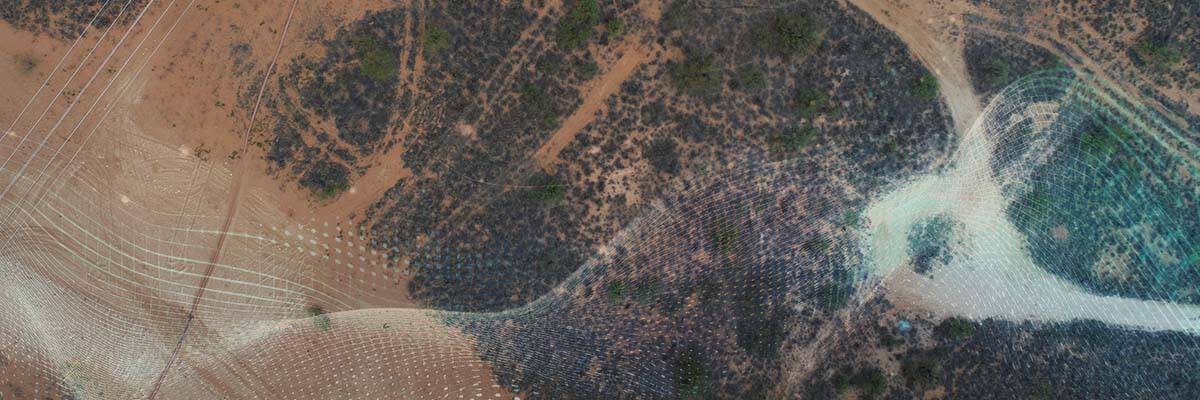
Applications of Reality Data Capture in Construction
- Site Survey and Planning: RDC technologies enable detailed site surveys and analysis, offering an accurate foundation for project planning and design. They help identify potential challenges and opportunities, optimizing project layouts and resource allocation.
- Progress Monitoring: Regular scans and aerial imagery captured through RDC tools allow for real-time construction progress tracking of construction progress. Project managers can identify deviations from plans and make necessary adjustments, ensuring projects stay on schedule and within budget.
- Quality Control: RDC supports rigorous quality control with highly detailed 3D models. Deviations from design specifications can be detected and corrected early in the construction process, reducing rework and costs.
- Safety and Compliance: Drones and AR enhance safety on construction sites by identifying hazards, monitoring compliance with safety regulations, and facilitating swift response in case of emergencies. These technologies contribute to a safer working environment for construction teams.
- Facility Management: After construction is complete, the data captured through RDC can be valuable for facility management. It assists in maintenance, repairs, and renovations, offering a digital record of the facility’s structural and architectural details.
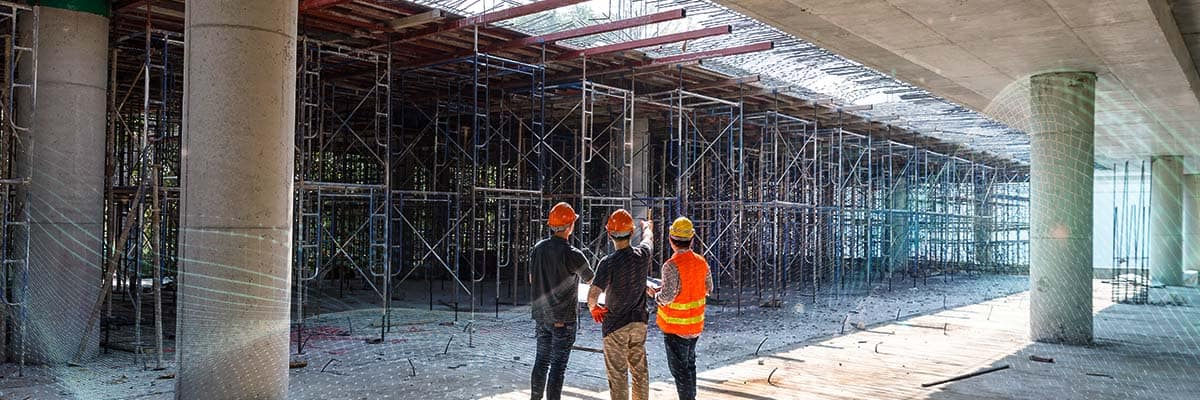
Key Benefits of Reality Data Capture in Construction
- Precision and Accuracy: Reality Data Capture technologies allow construction professionals to capture the physical environment with unprecedented precision and accuracy. 3D laser scanning and photogrammetry create highly detailed and comprehensive models, reducing the margin for error in project planning and execution.
- Improved Project Management: RDC tools provide an invaluable resource for project managers. Regular site scans and aerial imagery captured by drones offer real-time insights into construction progress. This data enables project managers to identify issues early, make informed decisions, and ensure that projects stay on schedule and within budget.
- Enhanced Collaboration: Augmented reality (AR) is a collaborative tool that allows architects, engineers, and on-site workers to visualize designs within the actual project environment. This fosters better communication, understanding, and decision-making among project stakeholders.
- Efficient Resource Allocation: By providing detailed data on site conditions and progress, RDC technologies support the efficient allocation of resources, such as labor and materials. This optimization results in cost savings and resource efficiency.
- Quality Control: RDC tools aid in quality control by detecting deviations from design specifications. Early identification of issues allows for timely corrections and minimizes costly rework, ensuring construction projects meet high standards.
- Safety Enhancement: Drones and AR contribute to improved construction site safety. Drones can identify potential hazards and monitor safety regulations compliance. AR provides real-time safety instructions and guidance to on-site workers, reducing accidents and enhancing overall safety.
- Real-time Decision-making: The ability to capture and analyze data in real-time empowers construction professionals with the information needed to make informed decisions promptly. This agility is crucial in addressing unexpected challenges and maintaining project momentum.
- Documentation and Records: RDC technologies create digital records of construction sites and structures, offering a comprehensive historical perspective of projects. This documentation is valuable for facility management, maintenance, and renovation work after construction is complete.
- Sustainability: RDC supports sustainability efforts by enabling more precise resource management and minimizing waste. Optimizing resource use based on accurate data can contribute to eco-friendly construction practices.
- Competitive Advantage: Companies that embrace RDC gain a competitive edge. They can offer more accurate cost estimates, shorter project timelines, and higher quality results, making them more attractive to clients and investors.
- Improved Public Engagement: In cases where construction projects impact communities, RDC and AR can be used to engage the public by visualizing proposed developments and their potential impact, fostering a sense of involvement and transparency.
- BIM Integration: Building Information Modeling (BIM) is increasingly adopted in the construction industry. Reality data capture seamlessly integrates with BIM, allowing for richer and more accurate data to be included in BIM models. This integration improves collaboration between stakeholders, from architects and engineers to contractors and owners.
- Cost Savings: Reality data capture reduces rework, enhances project efficiency, and minimizes errors, resulting in substantial cost savings. By accurately capturing site conditions and continuously monitoring progress, construction companies can avoid costly setbacks and ensure projects stay on budget.

The Impact of Reality Data Capture
Reality data capture is reshaping the construction industry, ushering in an era of unprecedented accuracy, efficiency, and safety. As technology advances, reality data capture benefits will only become more apparent. Embracing this innovative approach is not just a choice but a necessity for construction companies looking to thrive in the 21st century.
By harnessing the power of reality data capture, construction professionals can transform their projects, improve decision-making, and deliver exceptional results. As the construction industry continues to evolve, reality data capture is set to become a cornerstone of innovation, redefining the way we build the world around us.
